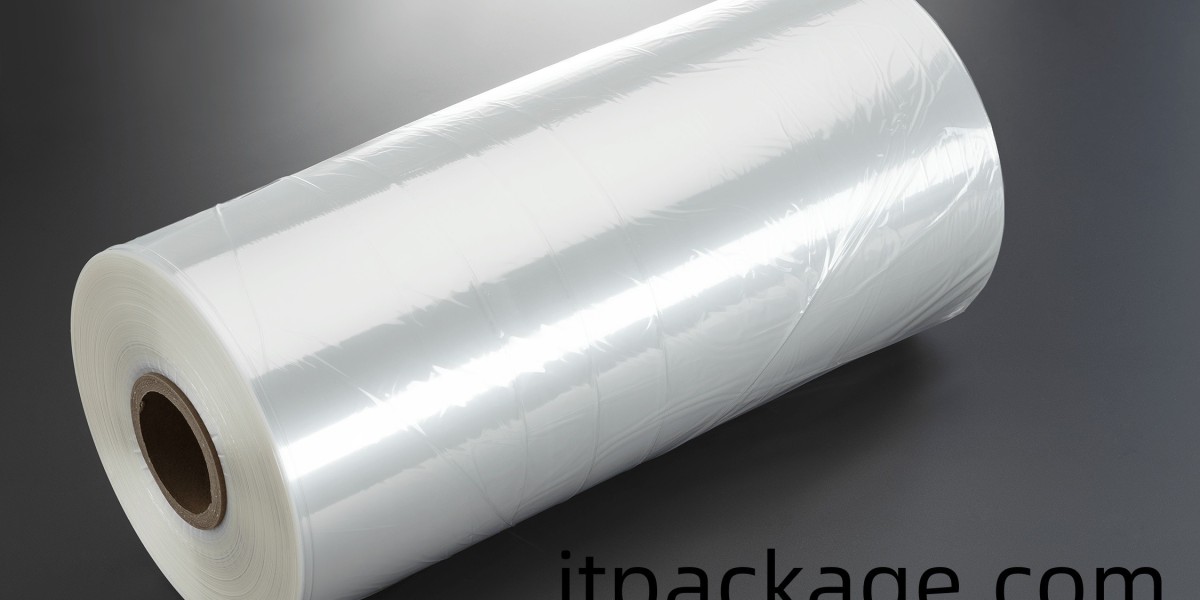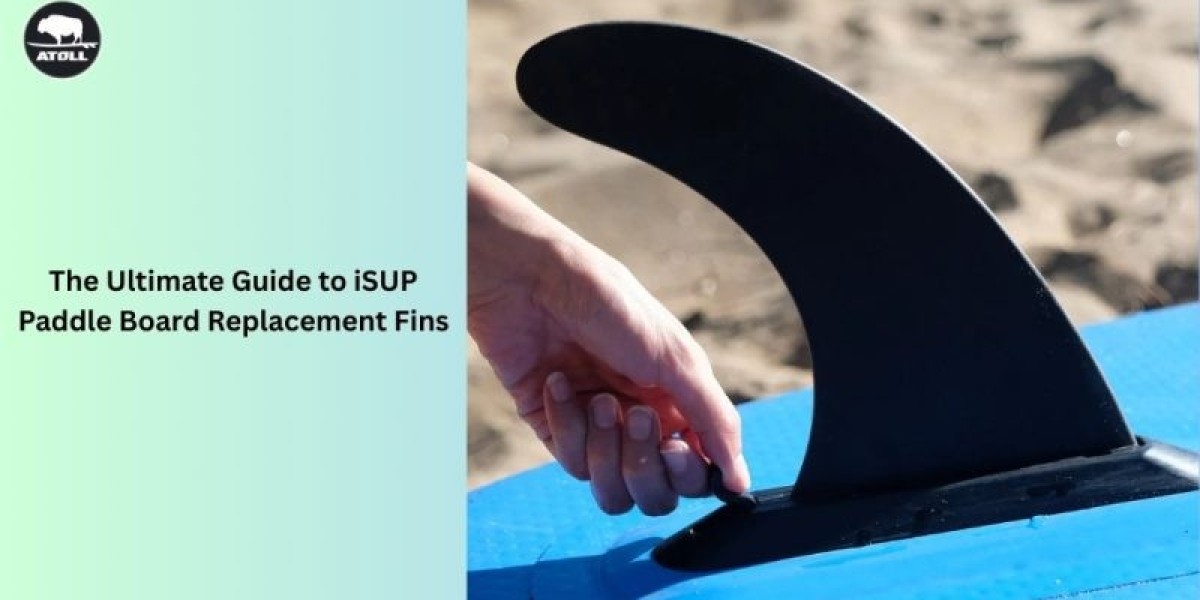These fascinating reptiles are a popular choice for both beginner and experienced reptile enthusiasts. With their beautiful patterns and relatively low-maintenance care requirements, ball pythons can make a fantastic addition to your home. But like any pet, they have unique needs that must be met to ensure they thrive.In this ultimate beginner’s guide, we’ll cover everything you need to know, from setting up the perfect habitat to feeding tips and even how to find the best ball python morphs. By the end of this guide, you’ll be ready to provide your new pet with everything it needs to live a long, healthy life.
1. Ball Pythons: A Brief Introduction
Ball pythons (Python regius) are native to sub-Saharan Africa, known for their docile nature and striking appearance. These snakes, often referred to as “royal pythons,” typically grow to about 3 to 5 feet in length and live for 20-30 years in captivity. What sets them apart from other snakes is their calm demeanor. When threatened, they tend to curl up into a tight ball (hence the name), which is their natural defense mechanism.If you’re considering bringing a ball python into your home, whether from a local pet store or online ball pythons for sale listings, it’s crucial to understand their basic needs. Before diving into the nitty-gritty of caring for them, let’s go over what you'll need to create a happy and healthy environment for your ball python.
2. Setting Up the Perfect Habitat for Your Ball Python
When it comes to creating the ideal habitat for your ball python, you want to focus on comfort and safety. After all, the better their habitat, the happier they’ll be.
Enclosure Size and Type
Start with an appropriately sized enclosure. A 40-gallon tank is a good starting point for most adult ball pythons. However, if you’re planning on keeping a juvenile, a smaller 20-gallon tank will do for now, but expect to upgrade as they grow. Glass terrariums with a secure lid are a popular choice because they allow for good ventilation and are easy to maintain. Just be sure the lid is tightly secured, as ball pythons are known to be escape artists! If you’re looking for a specific look or unique pattern, there are many ball pythons morphs for sale that offer a variety of colors and markings to suit your taste.
Substrate Choices
The bedding or substrate you choose for your ball python’s enclosure should help maintain humidity levels and be easy to clean. Some great options include aspen bedding, cypress mulch, or coconut husk. Avoid using sand, as it can cause impaction if ingested, which is dangerous for your snake.
Temperature and Humidity
Ball pythons come from warm climates, so maintaining the right temperature is critical to their health. You’ll need to create a temperature gradient in the tank with a warm side and a cool side. The warm side should be around 88-92°F, while the cool side should range between 75-80°F.Humidity is also crucial. Aim to keep humidity levels between 50-60%, but you may need to increase it during shedding periods. You can use a hygrometer to monitor the humidity and adjust as necessary, especially if you live in a dry climate.
Lighting and Heating
While ball pythons don’t need special lighting, a heat source is essential. A heat lamp or ceramic heat emitter can help maintain the right temperatures. Just be sure that the snake has a hiding place, so it can feel secure and escape the heat if needed.
3. Feeding Your Ball Python
Now that we’ve got the habitat sorted, let’s talk about feeding your ball python. These snakes are carnivorous, meaning they eat meat, and in captivity, they primarily eat rodents like mice and rats. Here’s what you need to know to keep them well-fed and happy.
Frequency of Feeding
When they’re young, ball pythons should be fed once a week. As they mature, you can reduce feeding to every 10-14 days. Juveniles may eat small mice, while adults typically prefer larger rats. The size of the prey should be about the same width as the snake’s body for optimal digestion.
Prey Presentation: Live or Frozen?
You have two main options for feeding: live or frozen-thawed rodents. While live prey can provide some exercise for the snake, it’s safer to feed them frozen-thawed rodents. Live mice or rats can injure your snake, and frozen-thawed prey is just as nutritious and much safer.
Feeding Tips
Don’t handle your snake right after feeding: Ball pythons need time to digest their food. It’s best to wait at least 24 hours after a meal before handling them.
Avoid overfeeding: While it’s tempting to feed them more than they need, overfeeding can lead to obesity and health problems. Stick to a regular feeding schedule and monitor their weight.
Conclusion
Whether you’re a first-time reptile owner or just looking to add another member to your collection, ball pythons are a fantastic choice. Their beautiful appearance, docile nature, and manageable care requirements make them one of the most popular pet snakes out there.In this ultimate beginner’s guide, we’ll walk you through everything you need to know to provide the best care for your ball python. From creating the perfect habitat to understanding their feeding habits, we’ve got you covered. If you're also looking to bring one home, we recommend checking out Wilbanks Captive Bred Reptiles, known for their high-quality, well-cared-for reptiles. They offer a variety of ball pythons, ensuring you get a healthy companion for your home. Let’s get started on your journey to becoming a confident ball python owner!








